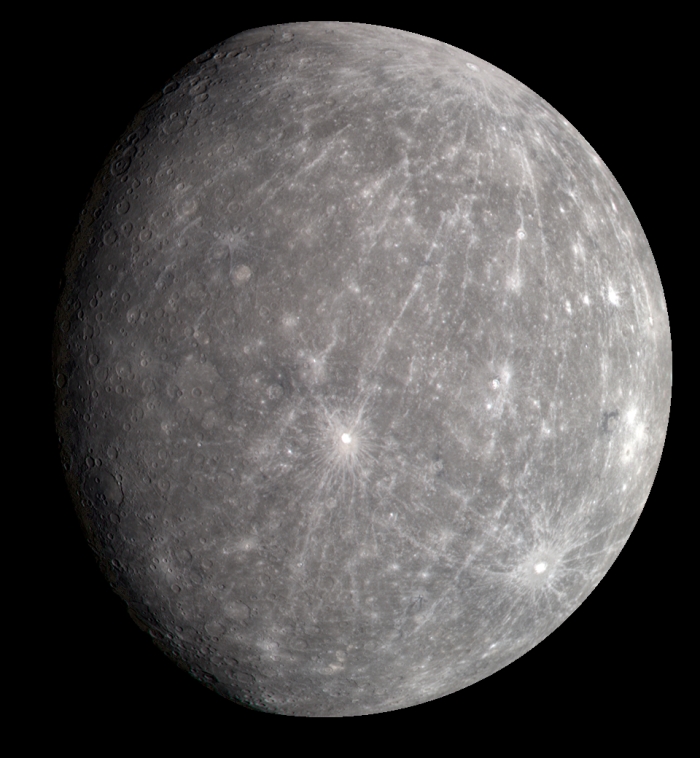
At the urging of a few bloggers (particularly Lory and Hilary – thank you!) I was prevailed upon to initiate all through 2023 #LoveHain, a year-long readalong of all the works associated with Ursula K Le Guin’s so-called Hainish Cycle or Ekumen series – although participants could opt in and out as they wished.
I found that if I included The Eye of the Heron (which Le Guin was ambivalent about identifying as a Hainish novel) then eight novels and four story collections with relevant pieces would, at the rate of one a month, take readers through a whole year, starting five years after her death, aged 88, on 22nd January 2018.
So here we are, a year later, looking back at the journey, imagining we’ve travelled at almost light speed in a NAFAL ship or even a Churten vessel among the many planets of the Ekumen,¹ communicating instantly across light years by means of the device called the ansible. What have we experienced and what, if anything, have we learnt?
Continue reading “#LoveHain wrap-up”













